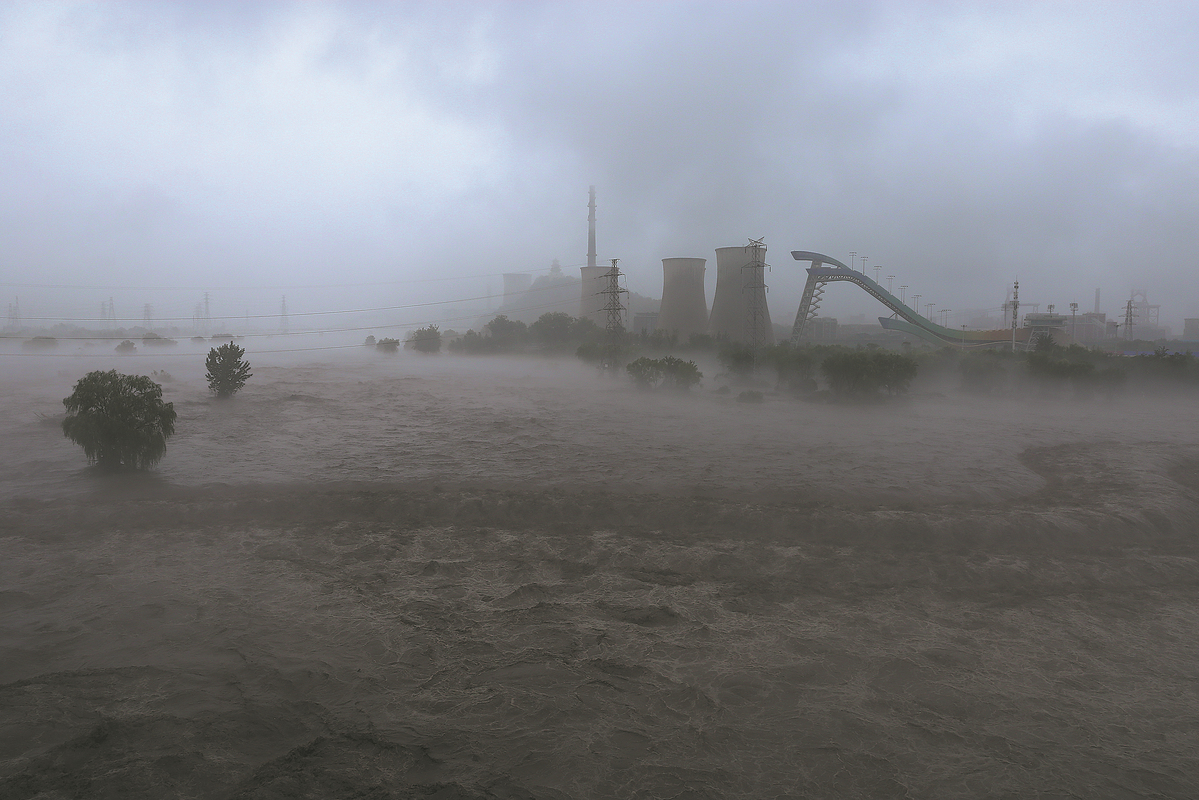Devastating floods shine spotlight on protection measures

Sponge cities play vital role amid climate change impact

Torrential rainfall and subsequent flooding in the Beijing-Tianjin-Hebei region have focused renewed attention on China's determination to strengthen protection against natural disasters.
By implementing the sponge city concept and comprehensive upgrades to infrastructure, the nation is striving to mitigate the impact of heavy rainfall and safeguard people's well-being.
The sponge city initiative, launched to adapt to climate change, aims to reduce urban flooding by constructing facilities that help absorb and capture rainwater for future use.
Under the influence of Typhoon Doksuri, heavy rain began to engulf the region on July 29. Flooding had killed 11 people in Beijing and nine in Hebei province by Tuesday, according to local flood control and drought relief headquarters.
Zhu Dingzhen, former chief officer at the China Meteorological Administration's Public Meteorological Service Center, said, "Many regions in China still rely on infrastructure that adheres to outdated disaster defense standards."
"If the climate keeps changing at the current rate, losses from such disasters will be considerably higher than in previous decades, due to current population numbers and the scale of economic development," Zhu said.
Some regions still rely on outdated infrastructure, which may not withstand the impact of climate change, especially in traditionally dry areas that are experiencing increased rainfall that threatens to overwhelm these regions, Zhu said.
"It is crucial for China to plan and upgrade its infrastructure to adapt to future changes, as the nation faces a wide range of natural disasters due to its diverse climate and geographical features," he added.
For example, northwestern regions could face the prospect of roads being washed away and river channels collapsing from as little as 20 millimeters of rainfall. The increased rainfall could saturate soil on the Loess Plateau, where many villages are situated on loess soil, and there is a heightened risk of secondary disasters, Zhu added.


















